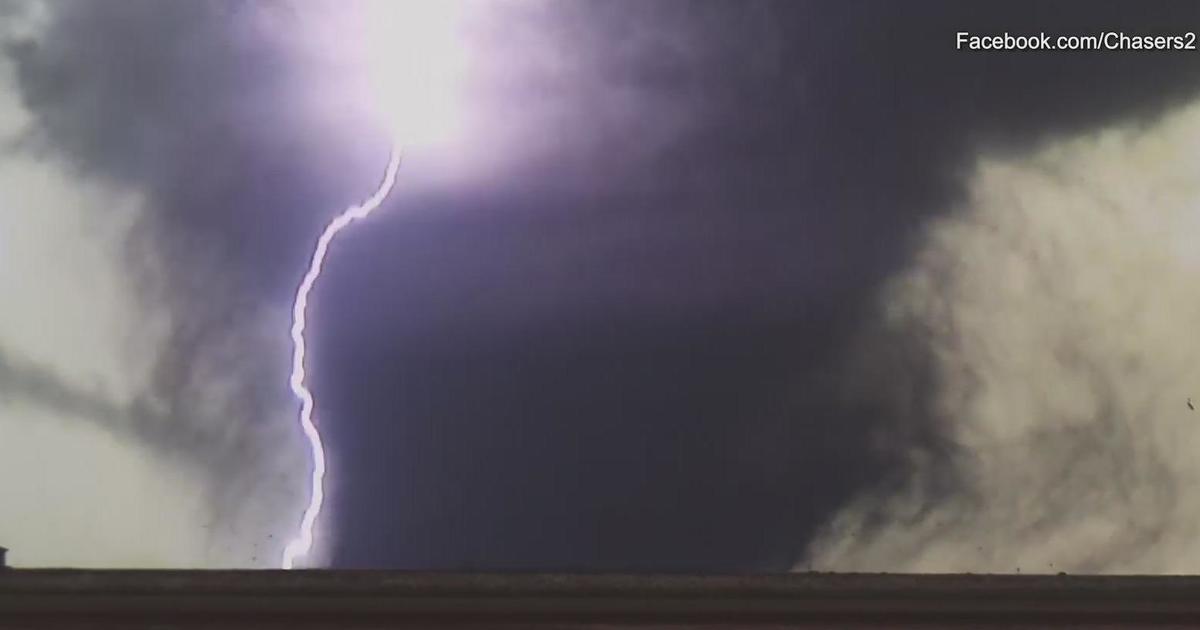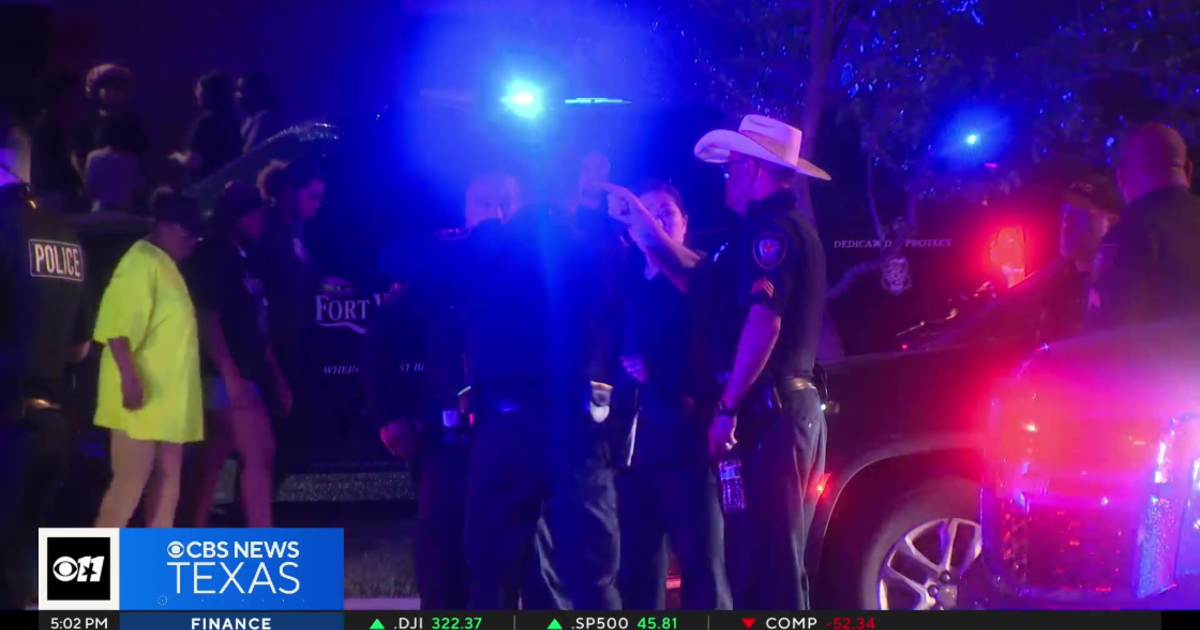🌔 Where to watch the 'Ring of Fire' annular solar eclipse in North Texas
UPDATE: Click here to see how the partial annular solar eclipse went!
TEXAS (CBSNewsTexas.com) - The countdown has begun for the annular solar eclipse this Saturday, Oct. 14. The cosmic event will turn the sun into a "ring of fire," visible to those on the 125-mile-wide path stretching from Oregon to the Lone Star state.
"Thankfully the cold front that just moved through will make for perfect viewing conditions," CBS News Texas meteorologist Scott Padgett said.
- RELATED STORY: Don't burn your eyes looking at the sun Saturday!
- NASA Tips On Eye Safety During A Total Eclipse
An annular solar eclipse happens every one or two years. During an annular solar eclipse, the Moon seems slightly smaller than the Sun, so it doesn't completely cover the entire disk of the star.
So, grab a pair of eclipse glasses – safety first! – and prepare to be dazzled as the moon appears to take a bite out of the Sun.
🌔 The Dallas Arboretum will welcome guests at 9 a.m. to 2 p.m. for a festival celebrating the eclipse.
🌔 STEM Center of Excellence at Camp Whispering Cedars in Southern Dallas will provide pinhole glasses to Girl Scouts and their families from across Northeast Texas to watch the eclipse. From 10 a.m. to 2 p.m., attendees can also enjoy a STEM scavenger hunt, constellation tube crafting and rocket launches.
🌔 The Perot Museum of Nature & Science is hosting a viewing event from 8:30 a.m. to 1 p.m.
🌔 The University of North Texas is hosting two events as well. One event is free to the public and will take place on UNT's main campus. You can find out more on that event here. The school is also holding an event at the Rafes Urban Astronomy Center Observatory, which includes viewing the eclipse through a variety of telescopes. This includes telescopes with hydrogen alpha filters, which allow attendess to see solar activity.
🌔 The University of Texas at Arlington Planetarium is hosting a Sun Block Party on Oct. 14 to view the solar eclipse. Around UTA and the Arlington area, the eclipse starts at 10:23 a.m. and lasts until just after 1:30 p.m., according to the university. The planetarium will also run shows all afternoon on Oct. 14. All outdoor events are free and open to the public but planetarium shows are regular admission.
Former NASA astronaut —and the second human to set foot on the moon— Buzz Aldrin even reminded stargazers on social media about the upcoming celestial event.
"Keep a lookout on the 14th for the "Ring of Fire" eclipse – it will be the only one visible for the next couple of decades," Aldrin shared. "For those in the US, Mexico and parts of South America, it will be visible for about five minutes – you may not want to miss it. You may also want to pick some music to accompany the view… I can hear Johnny Cash's deep voice now… "
This is the last annular solar eclipse visible from the United States until June 21, 2039, according to NASA. But people in Texas won't be able to see that one, as it's only visible in Alaska.
On April 8, 2024, a total eclipse that will cross over North America, passing over Mexico, the United States, and Canada. A total solar eclipse happens when the Moon passes between the Sun and Earth, completely blocking the face of the Sun. The sky will darken as if it were dawn or dusk.






